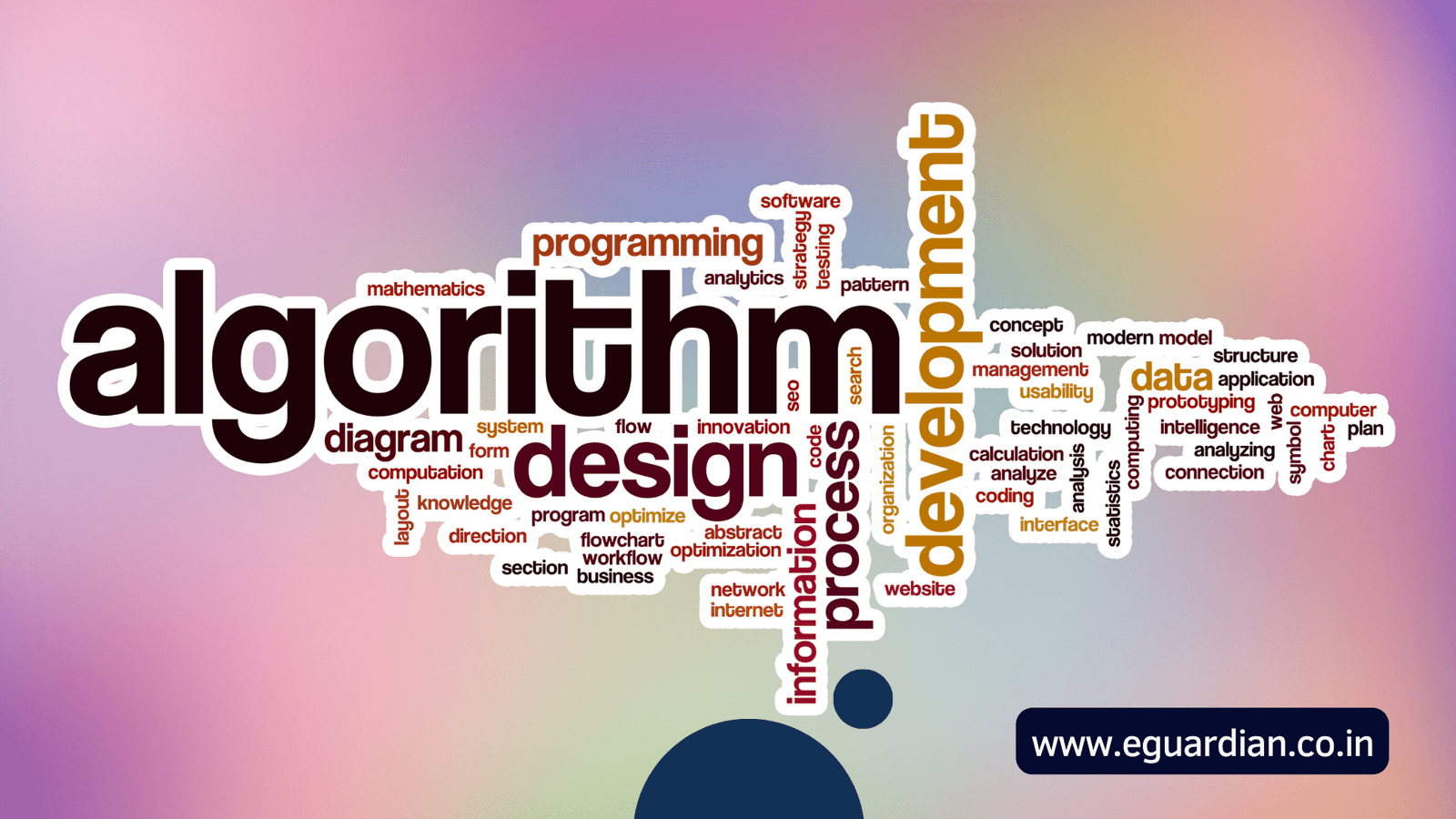WML, XML and C# Programming MCQ questions and answers for the students who are preparing for IT competitive and Academic Exams

WML, XML, and C# Programming MCQs
1) ___ ensure that element names do not conflict and clarify who defined which term.
a) Tags
b) Library
c) Namespaces
d) None of these
Answer: (C)
2) API stands for
a) Application Protocol Interface
b) Application Programming Interface
c) Application Programming Internet
d) None of these
Answer: (B)
3) The mechanisms of data binding and ___ can be used to arrange XML data into a visual presentation and to add interactivity.
a) Style shells
b) Dictionary
c) Library
d) None of these
Answer: (A)
4) DHTML stands for
a) Dynamic HTML
b) Digital HTML
c) Defined HTML
d) None of these
Answer: (A)
5) XML DSO Stand for.
a) XML Data Source object
b) XML Data System Object
c) XML Dictionary Sow tee object
d) None of these
Answer: (A)
6) What is XSL
a) Extendable Sow tee language
b) Extensible stylishness Language
c) Extensible sow tee Language
d) None of these
Answer: (B)
7) XSL uses XML as its ___, I ruing XML authors from having, to learn another markup language.
a) Syntax
b) Tags
c) Operation
d) None of these
Answer: (A)
8) XML Tags have cared ___
a) Intensifies
b) Sensitive
c) Ignorable
d) None of these
Answer: (B)
9) Attribute values must always be ___
a) Faced
b) Quoted
c) Defined
d) None of these
Answer: (B)
10) ___ Prefixes are only for ___bookkeeping. What matters is due to the ___name space ___
a) Namespace, intra-document, Corresponding, URI
b) Attribute, page, related, codes
c) Data, normal, format, Tags
d) None of these
Answer: (A)
11) URI Stand for ___
a) Universal Resource identifier
b) Universal Relative Interface
c) Unified Resource Identifier
d) None of the above
Answer: (A)
12) What URN Stands for ___
a) Universal Relative Number
b) Uniform Resource Number
c) Universal Resource Number
d) None of the above
Answer: (B)
13) URL Stands for ___
a) Universal Resource Locator
b) Uniform Resource Locator
c) Unified Resource Locator
d) None of these
Answer: (B)
14) The ___ defines the elements that can appear within the document and the attribute associated with an element.
a) Element
b) Schema
c) Identifier
d) None of these
Answer: (B)
15) DCD Stands for ___
a) Documents content Description
b) Defined Comment Dictionary
c) Defined Coded Description
d) None of the above
Answer: (A)
16) The most important innovation for content models in XML schema is that content models are “open” by default.
a) True
b) False
Answer: (A)
17) The Mini occurs, and ___ attributes specify how often an element can appear within another element.
a) Maxoccurs
b) Timeoccures
c) Argociars
d) None of these
Answer: (A)
18) ___ are more limited in some ways than elements
a) Items
b) Properties
c) Attributes
d) None of these
Answer: (C)
19) The Schema has a namespace URI of http://electrocommerce.org/stuff.xml and a prefix of ___
a) Namespace
b) abcde
c) Attribute
d) None of these
Answer: (A)
20) An XSL transformation results in the creation of a new XML.
a) Documents
b) Tree
c) Fill
d) None of these
Answer: (B)
21) The collection of elements of a certain type can be determined using the ___ operators.
a) Path
b) Comment
c) Tags
d) None of these
Answer: (A)
22) The collection returns due to elements that are ___ of the current concept, regardless of the tag name.
a) Children
b) Sub elements
c) Directory
d) None of the above
Answer: (A)
23) WML text contains ___ or named character entities that specify specific characters in the document character set.
a) Text
b) Value
c) Numeric
d) None
Answer: (C)
24) ___ is the line-breaking tag in WML, which is the same as that in HTML.
a) <br>
b) </br>
c) <pre>
d) None
Answer: (B)
25) ___ images can support two colors: black and white.
a) WGIF
b) WJPG
c) WGIF
d) WBMP
Answer: (D)
26) The <anchor> tag always has a task ___ specified.
a) Go only
b) Previous only
c) go, prev, or refresh
d) None
Answer: (C)
27) To go to a card in the current deck, you just need to specify the ___ in the anchor link’s URL.
a) ATL
b) SRC
c) LOCALSRC
d) OFFSET
Answer: (D)
28) Which tag is used in WML to create a table?
a) <table> </table>
b) <tr> </tr>
c) <td> </td>
d) <a> </a>
Answer: (A)
29) WML stands for ___.
a) Wireless Markup Language
b) Web Maker Language
c) Web Markup Language
d) None
Answer: (A)
30) WAP stands for ___.
a) Web Application Program
b) Wireless Application Program
c) Wide Application Program
d) None
Answer: (B)
31) WML supports ___ scripting.
a) Server-side
b) Client-side
c) Both A and B
d) None
Answer: (B)
32) WAP sites are written in WML, while websites are written in ___.
a) XML
b) WML
c) JAVASCRIPT
d) HTML
Answer: (D)
33) XML is a ___ language that provides a format for describing structured data
a) Meta-Markup
b) Hypertext-Markup
c) Both a and b
d) None
Answer: (A)
34) XML stands for ___.
a) Extensible Markup Language
b) Hyper Text Markup Language
c) Extensible Marking Language
d) None
Answer: (A)
35) A language that describes another language is called ___.
a) Meta-Data
b) Meta-Files
c) Meta-Language
d) Meta-Markup
Answer: (C)
36) XML provides a ___ representation of data that has proved broadly implementable and easy to deploy.
a) Procedural
b) Structural
c) Component
d) None
Answer: (B)
37) XML is the subset of ___ community and elsewhere demonstrates the intrinsic quality and industrial strength of XML’s tree-structured data format.
(a) XSL
(b) WML
(c) HTML
(d) SGML
Answer: (D)
38) Hypertext markup Language specifies how to display data in a browser; XML defines the ___.
(a) Content
(b) DATA
(c) Objects
(d) All of the above
Answer: (A)
39) XML is defined by ___ specifications.
(a) XML
(b) XLL
(c) XSL
(d) All of the above.
Answer: (D)
40) The design goals for XML are___.
(a) straightforwardly usable over the Internet
(b) Support a wide variety of application
(c) compatible with SGML
(d) All of the above
Answer: (D)
41) XML is a ___ language that provides a format describing ___ data.
a) Markup! Definition
b) Meta-markup, structured
c) Web-based, Meta
d) None of the above
Answer: (B)
42) While HTML tags can be used to ___ a word in bold or italic, XML provides a framework for ___ structural data.
a) Display, tagging
b) Contain, display
c) Define, display
d) None of these
Answer: (A)
43) XML is a subset of ___ that is optimized for delivery over the web. It is defined by the ___, ensuring that structured data will be uniform and independent of the application of vendors.
a) WML, XML
b) HTML, WWW
c) SGML, W3C
d) None of the above
Answer: (C)
44) Software ___ can be used to integrate data on a ___ server from back-end databases and other applications
a) Program, Web
b) Agents, Middle–tier
c) Clients, Central
d) None of the above
Answer: (B)
45) The ___ provides information about the interpretation of the document instance, such as the ___ and the document type to which it conforms.
a) Prolog, version
b) Agent, file
c) XML, Metadata
d) None of the above
Answer: (A)
46) XML can be generated from existing databases using a ___ thru tier model. With XML, structured data is maintained separately from the ___ rules and the display.
a) Scalable business
b) System, XML
c) Database, System
d) None of these
Answer: (A)
47) XML document-type declarations combine an ___ part called the internal ___ and an external part called the external subset.
a) Eliminated, Element
b) Internal, subset
c) Integrated, superset
d) None of the above
Answer: (B)
48) ___ from the HTML namespace are displayed as fully would in. This allows access to ___ not yet provided by CSS.
a) Agents, tags
b) Tages, XML
c) Elements, Capabilities
d) None of the above
Answer: (C)
49) An block can be used to embed a CSS style sheet within an ___ document.
a) <HTML:CSS>, WML
b) <HTML:STYLE>, XML
c) <HTML:STYLE>, HTML
d) None of the above
Answer: (B)
50) The ___ qualifies an element named ___ on the web in order to avoid conflict between elements with the same name.
a) WML, attribute
b) HTML, element
c) Namespace, uniquely
d) None of the above
Answer: (C)
51) The name proceeding the ___, the ___, refers to a namespace. Or a URI.
a) Element, quote
b) Colon, prefix
c) Dog elements
d) None of the above
Answer: (B)
52) An ___ declaration defines a shorthand, or prefix, to ___ for the full name of a namespace.
a) Explicit substructure
b) Implicit, replace
c) Exclusive place
d) Inclusive, extend
Answer: (A)
53) The _____ element enables you to specify ___ on a specific set of the sub-element.
a) Group constraints
b) Break, line break
c) Pre, format
d) None of the above
Answer: (A)
54) ___ are more limited in some ways than ___.
a) Attributes, elements
b) Constraints, schemas
c) Elements, tags.
d) None of the above
Answer: (A)
55) The same prefix is used in both the ___ and in document ___: in the schema for all purchase orders and in a specific purchase order.
a) Web pages, definition
b) Schema, instance
c) Element, properties
d) None of these
Answer: (B)
56) ___display behaviors not easily possible through ___ or modifying of the source.
a) Web, Tags.
b) Dynamic CSS
c) Static URL
d) None of these
Answer: (B)
57) A WAP browser will ignore the ___ if it does not ___ the interdict’s meaning.
a) Integer data, understand
b) Log, certain
c) Starting document, define
d) None of these
Answer: (A)
58) The ___ attribute specifies the label to be displayed on the ___ device’s screen.
a) Label, wireless
b) Text, WAP
c) <do>, WML
d) None of these
Answer: (A)
59) The element is usually the left soft key in mobile phone browsers since the light soft key is used as the “yes” ___ soft key typically.
a) ACCEPT, OK
b) <DO>, OK
c) ACCEPT, NO
d) <DO>, NO
Answer: (A)
60) The ___, along with ___ software, is the first company to offer a commercial system that supports microtransactions.
a) Cybercash, Cyercoin
b) Cybercash, Verifone
c) FSTC, SSL
d) Mondex, Cybercash
Answer: (B)
61) In WAP layered architecture, external applications may access the ___, ___, ___, ___ layer directly.
a) Application, Session, Transaction, Security
b) Session, Transaction, Security, Transport
c) Transport, Security, Session, Transaction
d) Session, Transaction, Transport, Security
Answer: (B)
62) WAE includes a microbrowser environment containing the following functionality ___, ___, ___, and ___.
a) WML, WML Script, WTA, Content, Formats
b) WAP, WML, WTA, Java, Script
c) HTML, WML, JavaScript, WAP
d) None of these
Answer: (A)
63) WTLS provides the following features ___, ___, ___ and ___.
a) Data Integrity, Privacy, Authentication, Denial of service protection
b) Interoperability, Scalability, Reliability, Robustness
c) Unpredictability, Robustness, Cheap, Security
d) None of these
Answer: (A)
64) To create tables and place some data, we need the ___, ___, and ___ WML tags. Data is placed in Table ___.
a) <table>, <row>, <data>, row
b) <table> , <tr>, <td>, cells
c) <pre>, <table>, <col>, rows
d) None of the above
Answer: (B)
65) A Schema is useful for ___the document content to ___ to ___ whether a document is a valid ___ of the ___impressed by that schema and for describing your grammar in use by others.
a) Validating, determine, instance, grammar
b) Creating express, product, rules
c) Defining, web, document, HGTMZ
d) None of the above
Answer: (A)
66) The attribute specifies whether the sub-element is ___ to appear in a certain ___ and if only one ___ of the asset can appear.
a) Sort, define, manner, substitute
b) Order, required, order, sub-element
c) Group
d) None of these
Answer: (A)
67) You can add a ___ to refresh the content of a ___ regularly so that the ___ on the card can be kept ___ without involving any user action.
a) Timer, card, information, updated
b) Control, webpage, data, useful
b) Tag, wireless application, image, altering
c) None of the above
Answer: (A)
68) The four default values of the attributes are:-
a) # IDREF, #SCHEMA, #FILE, #GET
b) #ENTITY, #NMTORN,#filed,“Type”
c) #REQUIRED#IMPCIED, “Value” FIXED “Value”
d) None of the above
Answer: (A)
69. ___ calls are defined inside the same compilation unit.
Answer: Local script functions
70. ___ calls must be used when the called function is declared in an external compilation
Answer: External function()
Pdf Download WML, XML and C# Programming MCQs
Conclusion Points
The WML, XML, and C# Programming MCQ questions and answers are invaluable for learners and programmers. By exploring these comprehensive sets of multiple-choice questions, you can strengthen your understanding of WML, XML, and C# concepts, enabling you to excel in various programming endeavors.
So, let’s seize this opportunity to explore, learn, and unlock our full potential as programmers. Happy learning and coding!


